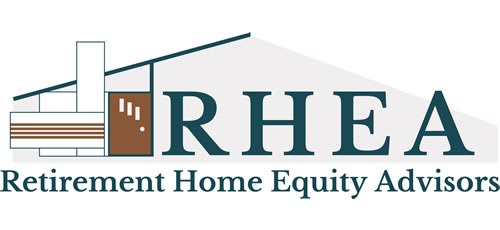The optimism you feel as you near retirement can often be overshadowed by the logistics of it all. The idea of retirement planning can be exciting in and of itself, but many find the process begins to create more questions than it answers. It is indeed wonderful news that people are living longer and healthier lives than ever before. However, figuring out how to make a fixed income last for such a long time is a daunting task. If you are closing in on retirement, it is important to create as thorough a retirement plan as possible as early as possible. As a side note, if you are already retired and your plan is not working out as you had hoped, rest assured that it is never too late to re-strategize.
If you are feeling overwhelmed by planning your retirement, don’t worry! They say a thousand-mile journey begins with a single step, and that is just how you should view this process. By breaking the stages of planning down into separate parts, the process becomes much more manageable. This then begs the question:
What is the most important first step of retirement planning?
Technically speaking, the first step of the retirement planning process is to decide when to start planning. It almost seems like this goes without saying; nevertheless, it is still wise to start planning earlier rather than later. There are good odds that you already have a timeframe in mind since you have already begun your research. This means it is not necessarily the most important first step.
According to the American Association of Retired Persons, better known as the AARP, the best first step is to take an inventory of your total assets. The first items that leap to mind in this area are likely your income and savings, as well the balance in your bank account. “But what about those other nontraditional assets that could help fund your retirement?” asks the AARP’s Donna Fuscaldo. “Maybe you collect antiques or restore cars. Perhaps you’re an accomplished pianist … Many hobbies and skills can be turned into real income in your retirement years — trading antiques or teaching piano lessons, for example.”
You also must not forget your house – one of your greatest assets! Do not discount the equity you have built there. Houses are considered non-liquid assets, meaning that they cannot be quickly and easily converted into cash. This leads many people to think they must sell their house to access the equity. But what if you want to stay in your home? A Reverse Mortgage can help qualified homebuyers over 62 access their equity while enjoying retirement in their comfortable abode. Further, a reverse mortgage line of credit has even been proven, if used correctly, to increase the likelihood your retirement portfolio will last longer and reduce the risk of portfolio exhaustion. A recent paper published in the Journal of Financial Planning explains that “the probability of constant purchasing power cash flow survival throughout a 30-year retirement is substantially enhanced by the inclusion of home equity in the portfolio. The home equity is accessed by a reverse mortgage credit line, and income is distributed from the credit line instead of from the other assets in the portfolio.” Speaking to a Reverse Mortgage Specialist can help you determine how much you will be able to supplement your fixed income. This is certainly not an asset to be overlooked.
Would you like assistance with financial preparation for retirement? Contact Retirement Home Equity Advisors today! We are a team of licensed specialists serving senior homeowners throughout the States of Arizona, California, and Colorado. We can help you strategically leverage your home equity to decrease risk and improve financial stability throughout your retirement.


Recent Comments